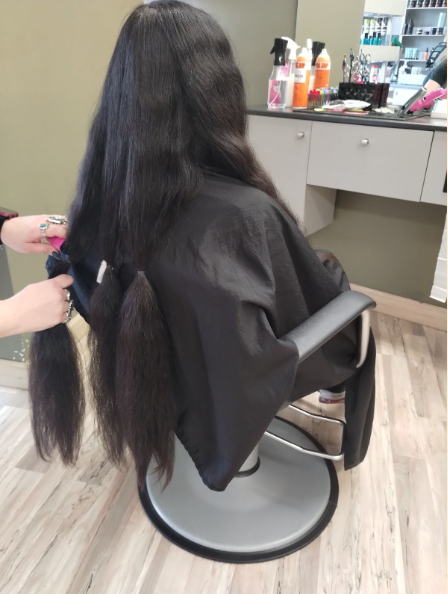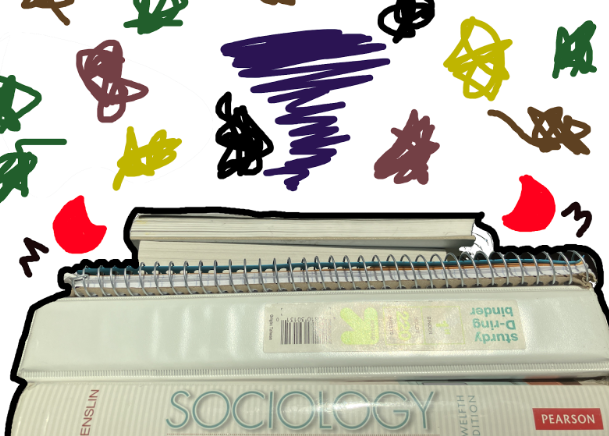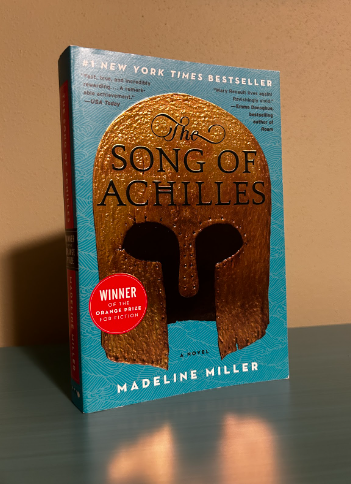
Hair is something personal. It can be a form of self-expression, style, and personality. But for kids with medical hair loss, it can mean so much more; growing up, they can feel isolated or different from others. It can lead to a decrease in self-confidence, and make it harder for them to play, learn and socialize.
This is where wigs can come in. Providing a resource like a wig can help kids feel better about themselves, and make life easier, even if it’s just a little bit.
The most accessible wigs are made of fake hair. Synthetic fibers are designed to look and feel like the real thing, but for kids, they’re sometimes not always the source of comfort they are meant to be. Human hair, on the other hand, can feel natural and help kids finally increase the confidence they feel in their bodies.
This is the principle the nonprofit Wigs for Kids is built on. After specially measuring, fitting and styling donated human hair to a child with hair loss, a wig is sent to their home. According to Wigs for Kids, they provide these for “children suffering from hair loss stemming from chemotherapy, radiation therapy, alopecia, trichotillomania, burns, and other medical causes.” The hairpiece-making process is expensive and costs about $1,800 per wig. Fortunately, Wigs for Kids provides the hairpiece to each recipient free of cost.
For those who donate, it is also a fulfilling process. In December 2023, I cut off 18 inches of my hair. After growing it for a while, I decided it was time to donate. After researching different hair donation nonprofits, I chose Wigs for Kids after seeing its inspiring stories and began my hair-cutting process.
Many people assume it is a lot of work to donate hair, but the instructions were easier than expected. The haircut could be done at home or a salon. All that was necessary was a minimum of 12 inches of hair cut off (though there are other charitable organizations that will accept less), styled in multiple ponytails and cut off and packaged in a clean bag to be shipped to Wigs for Kids.
A few weeks later, I received an email confirming my hair had arrived and would go through a process to prepare it for being made into a wig. This would be done by combining multiple similar hair donations to make a strong, healthy wig. I was glad that I was able to do something to help a kid, and I hope sharing this information will encourage others to donate as well.
For more information, visit the Wigs for Kids website at wigsforkids.org.








